From trillions of synapses to close to a million behaviors, from the content of thought to all ways of thinking, more than any other determinant everything humans know and believe is mostly determined by


From trillions of synapses to close to a million behaviors, from the content of thought to all ways of thinking, more than any other determinant everything humans know and believe is mostly determined by

A transcript of a dialogue with Google’s Bard AI about the relationship between health and learning. OLSN is italicized in bold black. BARD is blue. OLSN Bolds Key Points in Bard’s responses. Bard’s elaborations have been truncated to keep OLSN’s questions in mind. To read Bard’s full response click on (…) What percentage of the […]

There are many reasons paradigms are hard to change, some of them are scientific, but the most powerful reasons are personal, emotional, and thoroughly unscientific.
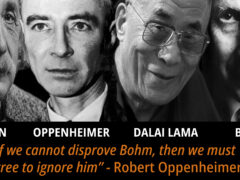
There are many reasons paradigms are hard to change, some of them are scientific, but the most powerful form of resistance is more personal.
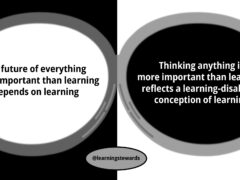
In a recent poll, I asked: “Within their possible agency, what’s more important to children’s futures than how well they can learn?” I gave two quick-choice responses and invited comments: 1 – Some things are more important 2 – Nothing is more important Between LinkedIn and Facebook, the poll received around 10,000 impressions, but only […]

The most powerful shame motivates us to avoid what might lead to feeling it. It’s how body-shame limits our clothing choices and performance-shame limits our singing and dancing. Most importantly, it’s how mind-shame limits our learning. For more see: Mind-Shame

Click this or the image for more.
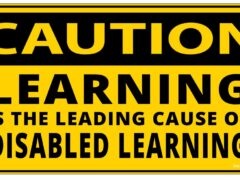
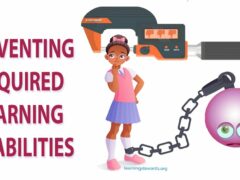
Acquired Learning Disabilities – Curiosity Invited Clip
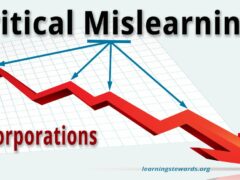
The business examples are everywhere: Kodak missing Xerox, IBM missing Microsoft, Sony missing Apple, Microsoft missing Google, Google missing Facebook, Facebook missing Twitter, Blockbuster missing Netflix, Walmart missing Amazon, and on and on. In each case, the already dominant, well-positioned, and resourced company failed to take advantage of a huge opportunity emerging in its own […]
